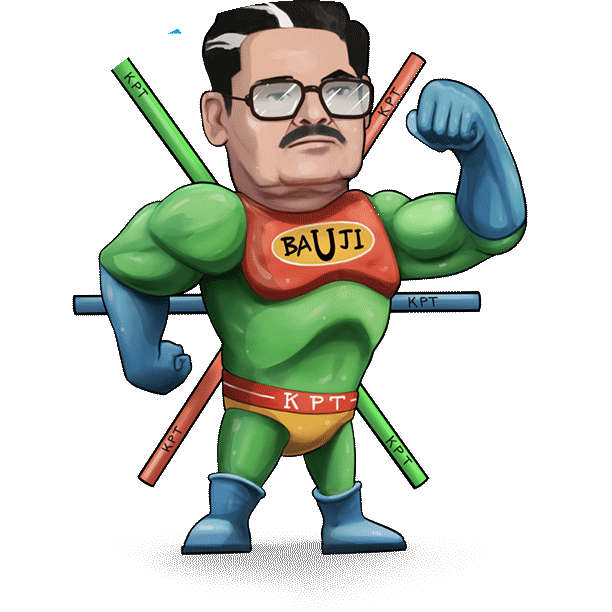The permissible operating pressure for PP-R pipes varies depending on the water temperature. As water temperature increases, the maximum operating pressure will decrease. It should be noted that the maximum operating pressure will not increase more than its range for fifty years. Nonetheless, it is important to check the manufacturer’s recommendations before installing PP-R pipes.
Meanwhile, if you are looking for the best PPR pipe manufacturers, choosing us would be the best decision. KPT Pipes are among the top PPR pipe manufacturers in the plumbing industry. In this blog, you will discover the PPR pipes and the permissible pressures of these pipes. If you are planning to install PPR pipes, continue reading to get the complete information.
Table of Contents
Why PPR Piping System?
Unlike traditional piping systems, PP-R pipes are resistant to corrosion, scaling, microbiological growth, and other adverse environmental conditions. Therefore, they are ideally suited for potable water applications. In addition, they are more durable than other piping materials, which typically lose their performance over time.
PP-R pipes have much lesser thermal expansion characteristics to metal pipes. It means that they can be laid with lesser use of expansion controls or thrust-blocking restraints. However, because the pipes are buried in soil, they may need anchors to prevent lateral movement.
PP-R pipes are also less expensive to install than other pipe materials. They are easy to install and feature heat fusion connections, which do not compromise the integrity of the pipe. Moreover, they can be placed closer to each other than other branch-type connections. Additionally, they are smoke-free, making them safer and easier for workers to work with.
PP-R pipes come in several different wall thicknesses, and each type is engineered for a specific application. Regardless of which pipe is selected, the manufacturer will recommend operating parameters that will ensure the safety of the product.
PPR pipes are widely used in a variety of applications, including the transport of hot and cold water, air-conditioning systems, medical, gas, and fire-fighting applications.
The PP-R pipe is commonly used for pressure systems, floor heating, and chemical applications. Its inherent insulation properties allow it to withstand higher temperatures while reducing noise and water hammer. Its high impact strength and good chemical resistance make it an ideal choice for high-pressure applications. The material is also easy to install, making it the perfect choice for many projects.
Maximum operating pressure
KPT PPR pipe have a maximum operating pressure limit that depends on the service life and temperature of the working environment. These factors work in conjunction to determine the maximum operating pressure limit. The higher the temperature, the lower the maximum allowable working pressure. Fortunately, most domestic hot water is not subjected to high pressures.
PP-R pipes are also resistant to freezing and cracking. The integrated molding technology allows the pipe to resist sub-zero temperatures without cracking. These pipes also have smooth inner surfaces that facilitate water flow with minimal resistance.
PP-R pipes are often used in underground piping systems because of their flexibility, low weight, and corrosion-resistant properties. The flexibility of PP-R pipes makes them more flexible than metal pipes and makes it easier to wrap around bends and corners. They are also easier to install than metal pipes. Further, because they do not corrode, they are ideal for drinking water systems.
When determining the maximum operating pressure of PPR pipes, it is important to note that different materials have different flow characteristics.
Maximum operating pressure for PP-R pipes depends on their material and size. These pipes can be custom-made for larger pipe sizes.
Conclusion
Further, if you are looking for more details on permissible pressure piping systems or PPR pipes, you can get in touch with us. Our experts will help you get the complete details of the product as per your needs and requirements. Furthermore, if you want to brush up on your knowledge and want to read more about PPR pipes, explore our blog section; we have included all the topics that are frequently asked by people buying PPR pipes.


